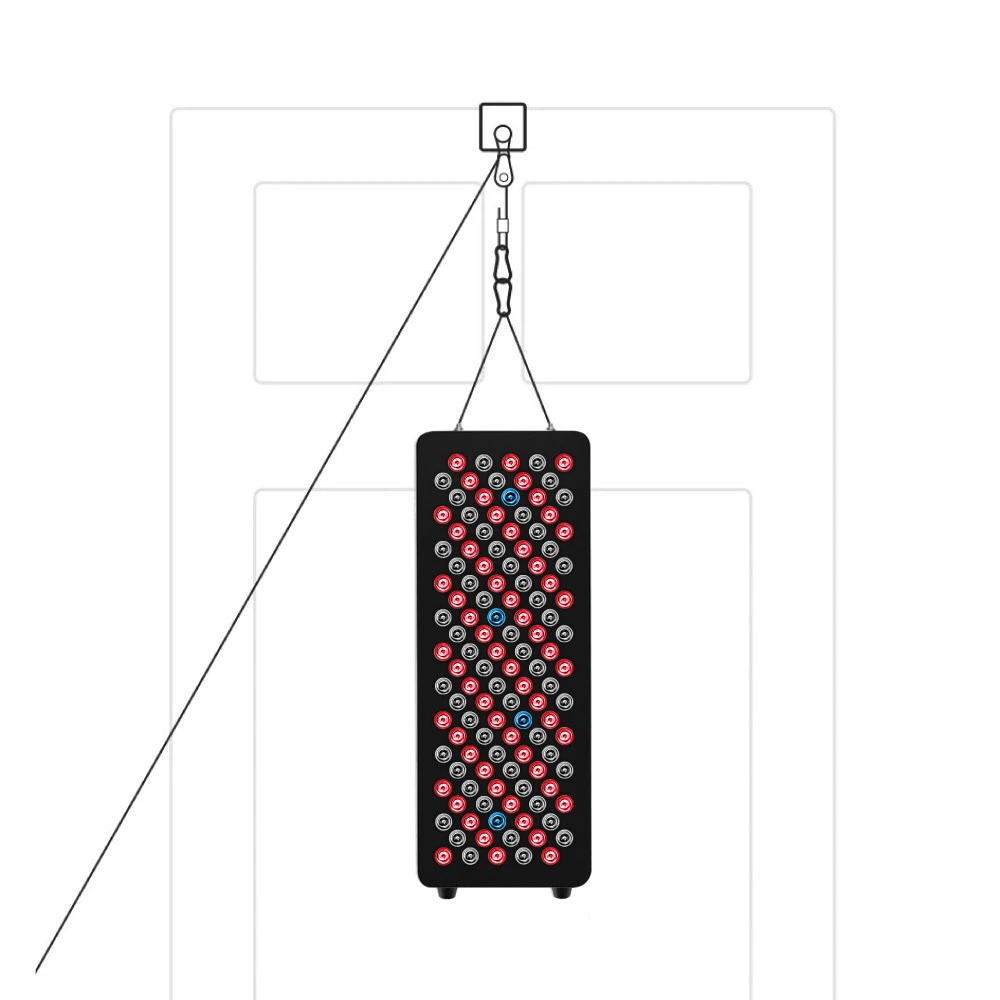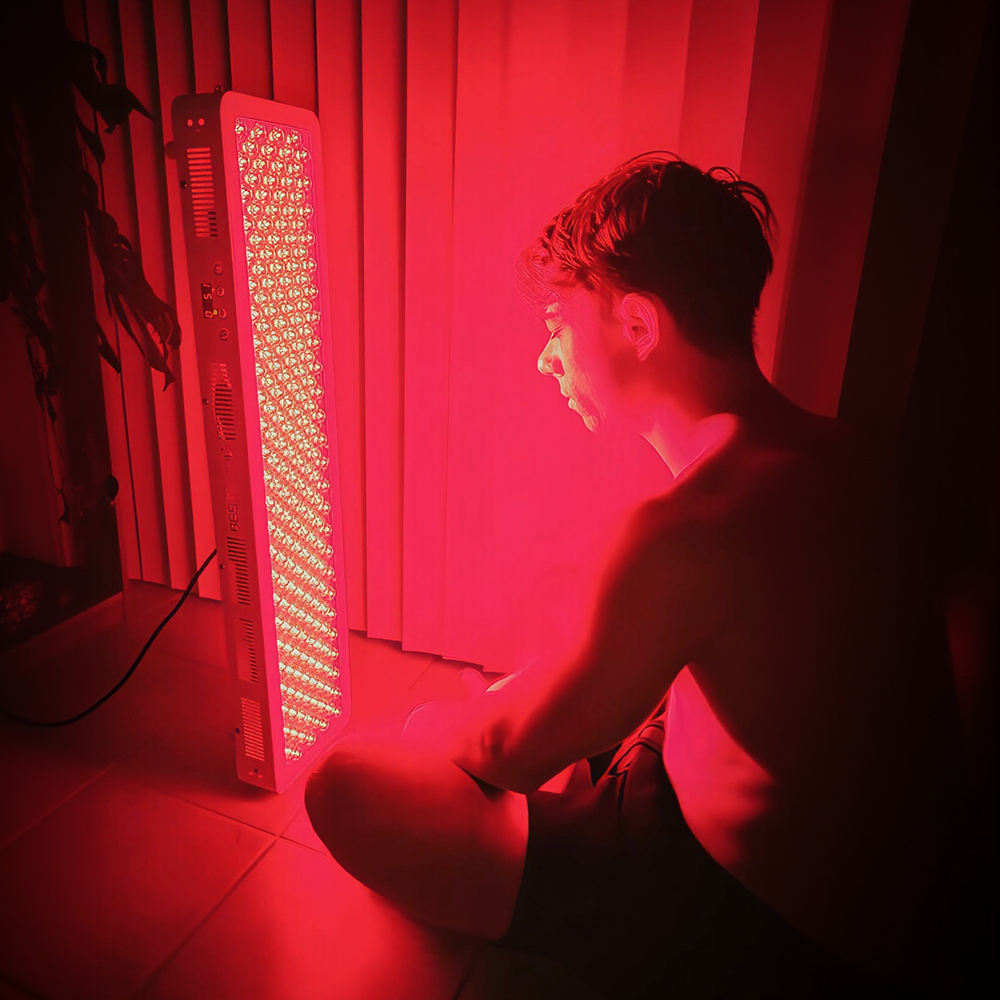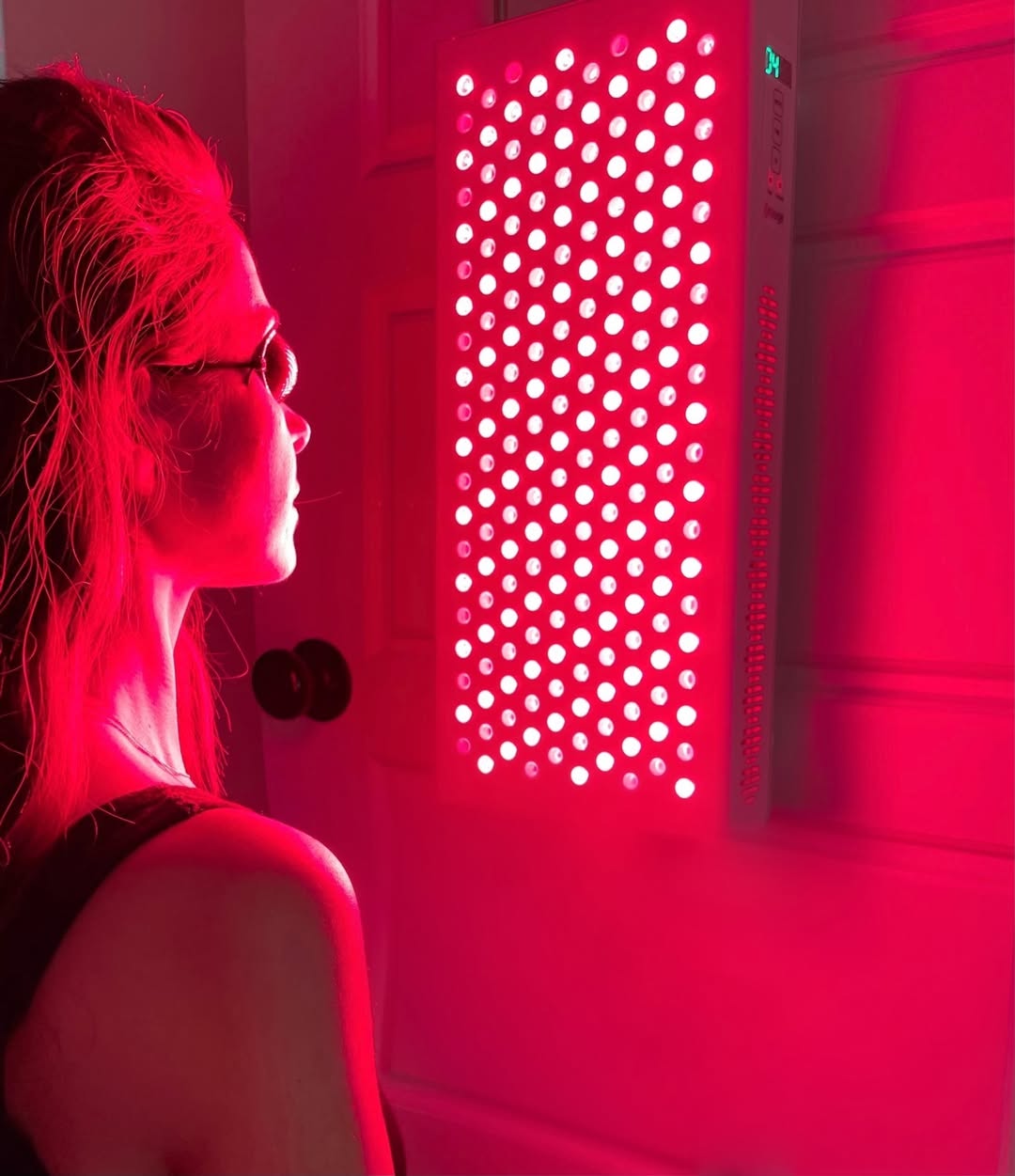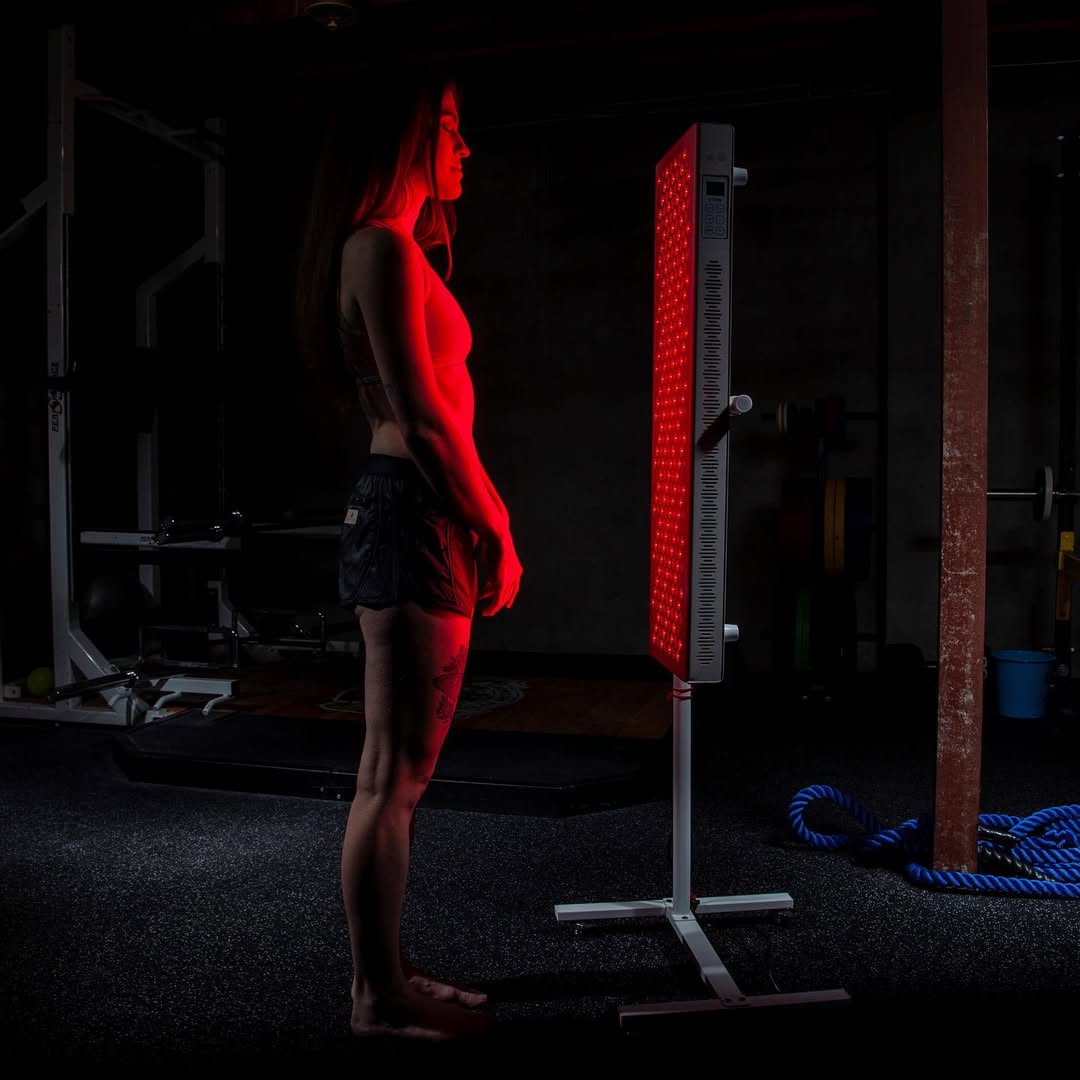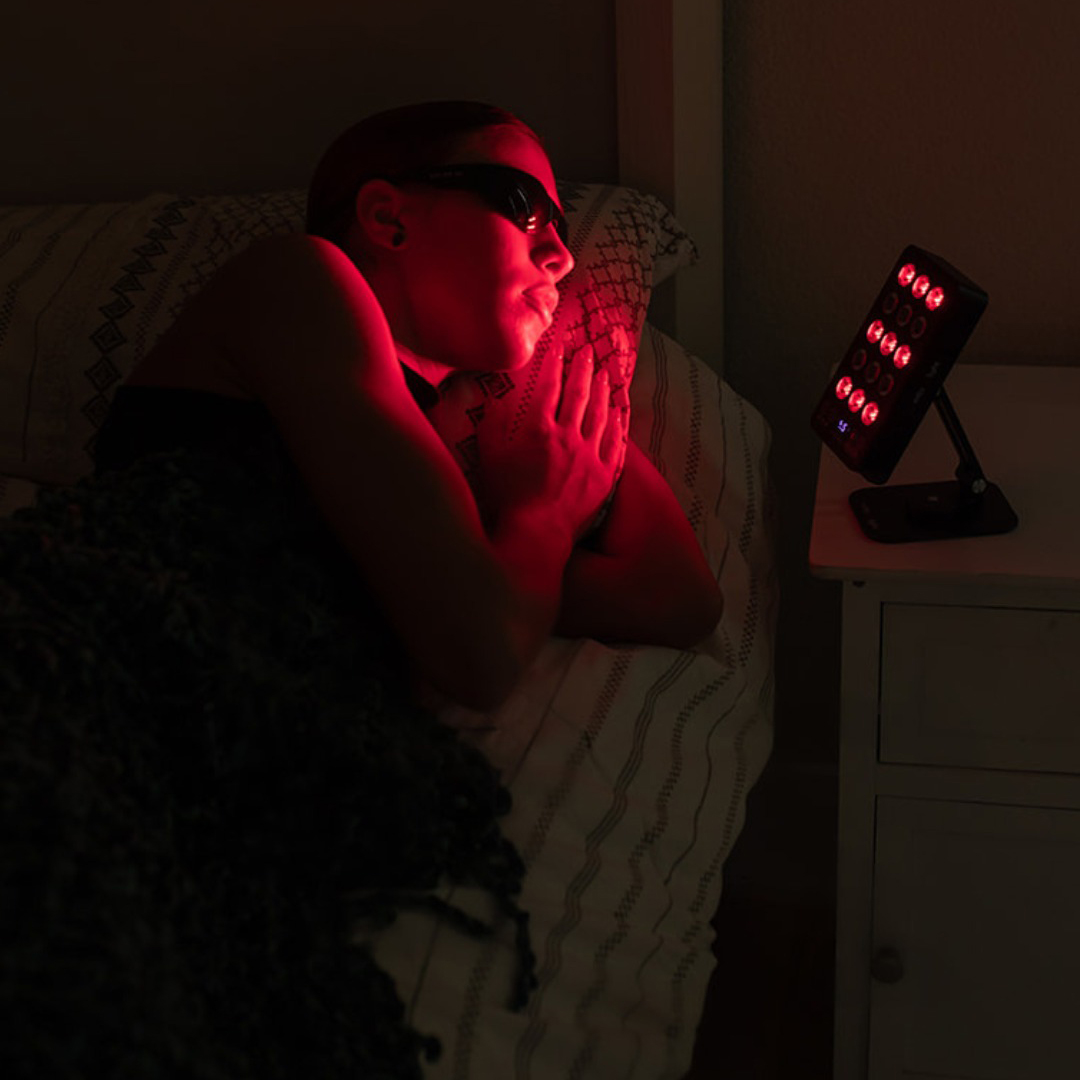![]() Free Shipping
Free Shipping ![]() Buy Now, Pay Later
Buy Now, Pay Later ![]() Eligible
Eligible
Blue Light Therapy for Parkinson’s Disease: Vellgus Red Light
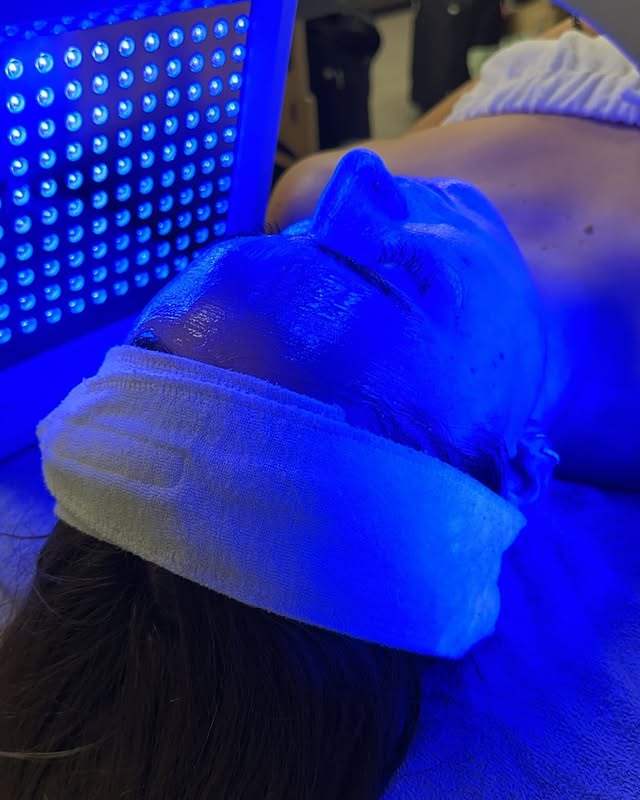
lluminating a New Path in Parkinson’s Care
Parkinson’s Disease (PD) is a progressive neurodegenerative disorder primarily known for its motor symptoms like tremor, rigidity, and slowness of movement. However, non-motor symptoms, particularly sleep disturbances and depression, can be equally debilitating. While medications like levodopa are the cornerstone of treatment, researchers are constantly exploring complementary therapies. One of the most intriguing emerging avenues is Blue Light Therapy.
This article delves into the science behind blue light therapy, examining its potential to alleviate both the motor and non-motor symptoms of Parkinson’s Disease, and separates the promising evidence from the hype.
What is Blue Light Therapy?
Blue Light Therapy involves the controlled exposure to light in the blue wavelength spectrum, typically around 460-480 nanometers. Unlike the harmful blue light from excessive screen time, therapeutic use is deliberate, timed, and administered using specialized light boxes or lamps.
It’s primarily known for treating Seasonal Affective Disorder (SAD), but its application is expanding due to its profound effect on the body’s master clock.
The Science Behind the Light: How Could it Help Parkinson’s?
The potential benefits for Parkinson’s patients are theorized to work through two primary pathways:
Resetting the Circadian Rhythm
The brain’s suprachiasmatic nucleus (SCN) acts as the body’s master clock, regulating sleep-wake cycles, hormone release, and other bodily functions. Light, especially blue light, is the primary cue that synchronizes this clock.
In Parkinson’s Disease, the circadian rhythm is often severely disrupted. This leads to:
- Poor sleep quality and insomnia
- Excessive daytime sleepiness
- Irregular blood pressure and body temperature
Expert Insight: “Many Parkinson’s patients have a fragmented and poorly aligned circadian system. By providing strong, timed blue light exposure, we are essentially giving the brain’s internal clock a clear signal to reorganize itself, which can improve sleep and overall rhythmicity,” explains a hypothetical Dr. Jane Smith, a Neurologist specializing in Sleep Disorders.
2. A Direct Neuroprotective Pathway?
This is the more speculative but exciting area of research. Some animal studies suggest that specific wavelengths of light may have a direct protective effect on neurons.
The theory, still in its infancy, proposes that light exposure might:
- Boost Mitochondrial Function: Enhance energy production in brain cells.
- Reduce Inflammation: Modulate the neuroinflammatory processes involved in Parkinson’s progression.
- Stimulate Dopamine Production: Some early studies hint at a potential, indirect influence on dopaminergic pathways.
Documented Benefits and Current Research Findings
While large-scale human trials are still needed, several pilot studies and clinical reports have shown promising results. The most consistent benefits observed are in non-motor symptoms.
| Potential Benefit | Supporting Evidence & Mechanism | Symptom Target in PD |
|---|---|---|
| Improved Sleep Quality | Strongest evidence. Resets circadian rhythm, promotes melatonin production at the correct time. | Insomnia, fragmented sleep, restless legs. |
| Enhanced Alertness & Mood | Blue light suppresses melatonin and stimulates cortisol production, promoting wakefulness and potentially alleviating depression. | Daytime sleepiness, fatigue, apathy, depression. |
| Stabilization of Blood Pressure | Circadian regulation can help prevent orthostatic hypotension (a sharp drop in BP upon standing). | Dizziness, fainting, falls. |
| Possible Motor Improvement | Limited evidence. Hypothesized to be an indirect result of better sleep, mood, and overall brain function. | Tremor, bradykinesia, rigidity. |
A notable 2020 pilot study published in Sleep Medicine had PD patients use a blue light box for an hour each morning for two weeks. The results indicated significant improvements in sleep quality, reduced daytime sleepiness, and a self-reported improvement in mood and cognitive function.
How is Blue Light Therapy Administered?
If you are considering blue light therapy, it is crucial to do so under medical guidance. A typical protocol might involve:
- Device: A specialized light box that emits 10,000 lux of bright white light with a strong blue spectrum component, filtering out harmful UV light.
- Timing: Morning exposure (e.g., 30-60 minutes shortly after waking) is most common to help advance the circadian clock and promote daytime alertness.
- Distance & Position: Sitting about 16-24 inches from the light box, with the light angled toward your face without staring directly into it.
Important Considerations and Potential Risks
Blue light therapy is generally considered safe, but it is not without potential side effects and contraindications.
- Side Effects: May include mild headache, eyestrain, nausea, or feeling “wired” or irritable initially. These often subside with continued use.
- Contraindications: People with certain eye conditions (e.g., macular degeneration, retinopathy) or bipolar disorder should use it with extreme caution and only under a doctor’s supervision.
- It’s Not a Cure: It is critical to view blue light therapy as a complementary treatment, not a replacement for prescribed Parkinson’s medications.
The Future is Bright: Ongoing Research and Conclusions
Research into blue light therapy for Parkinson’s is accelerating. Future studies are focusing on:
- Determining the optimal dose, timing, and wavelength.
- Investigating its long-term effects on disease progression.
- Exploring its combination with other therapies.
Research Perspective: “We are moving from just treating symptoms to understanding how modulating fundamental biological rhythms can change the course of a disease. Blue light is a simple, non-invasive tool that taps into this powerful system,” says a hypothetical Dr. Alan Reid, a Neuroscience Researcher.
VELLGUS Elite V2
THE #1 RATED RED LIGHT DEVICE
VELLGUS pro V2
THE #1 RATED FULL BODY RED LIGHT DEVICE
Conclusion
Blue Light Therapy represents a promising, non-pharmacological approach to managing some of the most challenging aspects of Parkinson’s Disease, particularly sleep and circadian disruptions. While it is not a magic bullet, the evidence suggests it can be a valuable component of a comprehensive management plan, shining a new light on improving the quality of life for those living with PD.



